Vegetarian, vegan, grain free, gluten free, whole food, holistic, natural, made in Canada vs. made in china, wild caught vs. locally grown.
Do these sound like decisions you make every trip to the market?
What about standing in the pet food aisle?
Today’s pet owners are becoming increasingly demanding about the quality and choice they want in their pet’s food. The pet food market has responded, and now there are an overwhelming array of choices, options and price ranges. What’s the best food for YOUR pet?? You can bet everyone has a different opinion.
Getting started…
You’re a savvy consumer! Start your research by comparing different packaging labels on pet food! Now I’m not going to tell you this is a total waste of time… but lets talk a bit about these labels and you can decide for yourself.
First of all you need to know what is in your pets food – how complicated could this be? The pet food bag is divided into different sections that provide different pieces of information. The front of the bag is essentially all advertising space. A few standard pieces information are required here, but basically the name of the food, the key features/benefits of the diet and generally a cute picture are typically displayed here. Most of this information is not regulated, therefore it may be truthful and accurate or not.
The back of the bag typically has feeding guidelines. These advise how much food your pet should eat based on body weight (and age for growth diets). It may elaborate on the benefits of the diet, provide a story or philosophy on the food – essentially, more advertising.
The side panel is more interesting. It displays the AAFCO nutritional adequacy statement, ingredient list and guaranteed analysis. The Association of American Feed Control Officials (AAFCO) establishes nutritional standards for pet food and uniform labeling rules. The AAFCO statement basically tells you whether or not feeding trials were done on a food before it went on the market and what life stages the food is formulated for – maintenance, pregnancy, growth or all life stages etc. CAUTION – Sometimes the life stage on the AAFCO statement and advertisement on front of the bag differ, in which case the AAFCO statement is most accurate. A product called an ‘adult maintenance” food may in fact state formulated for all life stages in the AAFCO statement. An ‘all life stages’ food means it has high enough nutrition to support growth and pregnancy. Therefore is too rich for an adult dog.
Does it surprise you to know a pet food could go to market that has never been actually fed to an animal?? It should! Without a feeding trial there is no way to know if a formula that sounds good on paper is actually digestible or if the nutrients are bioavailable to the pet. Therefore feeding trials are considered the gold standard way to support nutritional claims. It will probably also surprise you to know that only 8 pets are needed to participate in an AAFCO approved feeding trial!!
Ingredients are listed in descending order by weight. Meat based ingredients have high water content, they can weigh more than dry ingredients such as grains, meals and vitamins, so they are often listed first. Legally no descriptors of ingredient QUALITY can be included on this list. This leads to a very common misunderstanding that byproduct is poor quality and whole meat ingredient is good quality. The reality is that both of these ingredients can be either good or poor quality depending on the source.
The guaranteed analysis lists the percentage of each of the nutrients in the food. The minimum percent of crude protein and crude fat, and the maximum percent of crude fiber and moisture are always required. The amount of moisture in food will skew these percentages and every food has different moisture content, making direct comparison between foods impossible.
This sounds good, but what does it mean?? Defining Natural, Organic, Holistic, And Human Grade
• “Natural” has been legally defined and requires a pet food to consist of only natural ingredients without chemical alterations, except for vitamins, minerals and other trace nutrients.
• “Organic” has been legally defined for human foods by the USDA. Pet food companies can currently use the term “organic” if they follow the same rules as applied to human foods. Note that natural and organic are not interchangeable terms.
• “Holistic” has no legal definition and is unregulated with regard to pet food. Any pet food could use the term “holistic” in marketing their product. The term currently has no meaning in pet food.
“Human grade” is not an allowed term on a pet food label, unless the food is made in a plant approved for manufacturing human food. Because of this, there are very few pet foods that are labeled “human grade.” However, this regulation doesn’t apply to advertising and websites, so some pet food companies will claim “human grade” ingredients in their products. “Grain free” diets are typically high protein meat based diets. They should not contain wheat, corn, rice, barley, sorghum etc. While some dogs may do well on these formulations, grain is not inherently bad for them. Dogs are omnivores, not strict carnivores. Grain contains a lot of high quality nutrients that are often very digestible, after cooking. High protein diets can trigger digestive upset in some pets and are dangerous if the kidneys are not functioning properly. Grain allergies are not more common than meat allergies.
The bottom line is reading pet food labels can be confusing. There is no way to determine the true QUALITY of a pet food by reading the ingredient listing or the guaranteed analysis. Individual ingredients do not determine the quality of a pet food. It’s the nutritional value of each component blended together that provides the resulting benefit to the pet.
So how do you make an informed decision? You understand that your pet’s health, longevity and quality of life depend on this decision!
TALK to your veterinary health care team. They have information and perspective no one else has. Your veterinarian will make a pet food recommendation based on your pets’ age, lifestyle, breed, health status and risk factors for disease.
Factors I consider before recommending a food to a patient:
Does the food company provide scientific research and clinical data supporting the nutrition benefit claims?
Does the company produce therapeutic diets (foods that treat diseases) in addition to diets for healthy pets?
Does this pet food maximize the health of the pet, or simply meet the minimum standards required for pet food?
Does the company manufacture it’s own food or out source to a third party manufacturer?
Does the company purchase ingredients from safe and reliable sources ?
Does the food have a consistent formulation or does it vary from batch to batch?
Does the food company have a reputation for transparency and honesty with the consumer?
Answers to these questions will not be found on a pet food label – so ask your veterinarian!
—
Weblinks:
www.aafco.org
www.hillspet.com
www.raynecanada.ca



